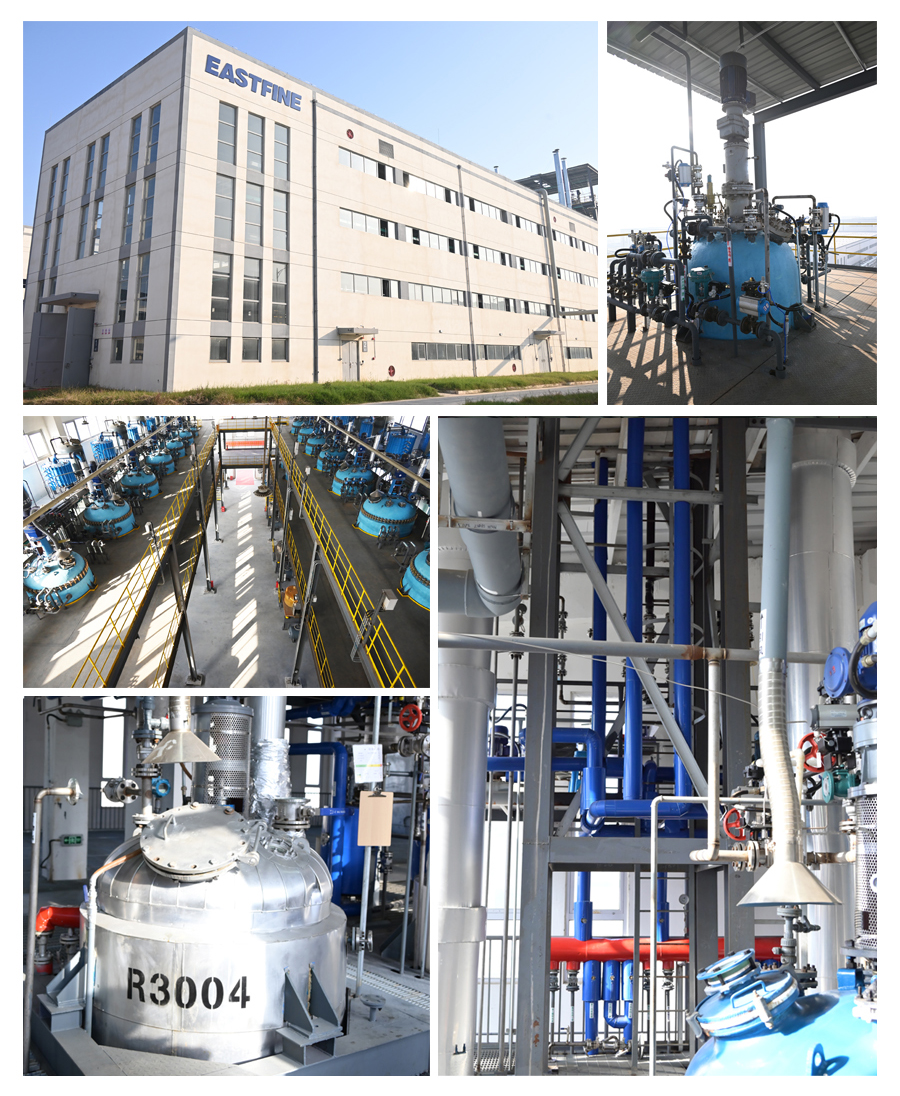| Availability: | |
|---|---|






Product Description
We are a pharmaceutical intermediate manufacturer of 2-Amino-5-bromobenzotrifluoride.
Its CAS No. is 445-02-3
Our pharmaceutical intermediates can be used in a variety of APIs.
Product Category | Custom Synthetic Intermediates |
CAS NO | 445-02-3 |
Product Specifications | Melting point: 84~86℃/5mm Boiling point: 84-86 °C5 mm Hg(lit.) Density: 1.71 g/mL at 25 °C(lit.) Storage temp.: Under inert gas (nitrogen or Argon) at 2–8 °C |
Office Environment

Laboratory

Workshop/Warehouse

Certificate

2-Amino-5-bromobenzotrifluoride is produced by EASTFINE , and we are in charge of overseas selling . Not just trading compamy .
China,America,Brazil,England,Russia,Poland,India,Pakistan,NewZealand,Korea,Australia,Dubai,Turkey,Indonesia,UAE.
yes , you can have 1 2-Amino-5-bromobenzotrifluoride sample for starting the business , but it is not free
please contact sale team for detail .
The molecular formula is C7H5BrF3N, indicating it consists of carbon, hydrogen, bromine, fluorine, and nitrogen.
The molecular weight is 240.02 g/mol, which is useful for calculating concentrations in reactions.
It typically appears as a light yellow to off-white solid in crystalline or powder form.
It is an important intermediate in pharmaceutical and agrochemical synthesis, used in the production of drugs, pesticides, and other specialty chemicals.
It is poorly soluble in water but readily dissolves in organic solvents such as ethanol, methanol, and dichloromethane, making it suitable for various chemical reactions.
Always wear protective gloves, safety goggles, and a lab coat.
Work in a well-ventilated area or fume hood to avoid inhalation exposure.
Avoid direct contact with skin and eyes, as it may cause irritation.
Store in a cool, dry, and well-ventilated place.
Keep it in a tightly sealed container, away from moisture, heat, and incompatible substances like strong acids or oxidizing agents.
It may cause skin, eye, and respiratory irritation upon contact or inhalation.
Prolonged exposure may have harmful effects, so proper protective measures should always be taken.
While it is not classified as a highly hazardous material, it should still be handled according to standard chemical transport regulations.
When heated to decomposition, it may release toxic fumes, including nitrogen oxides, hydrogen bromide, and fluorinated compounds.